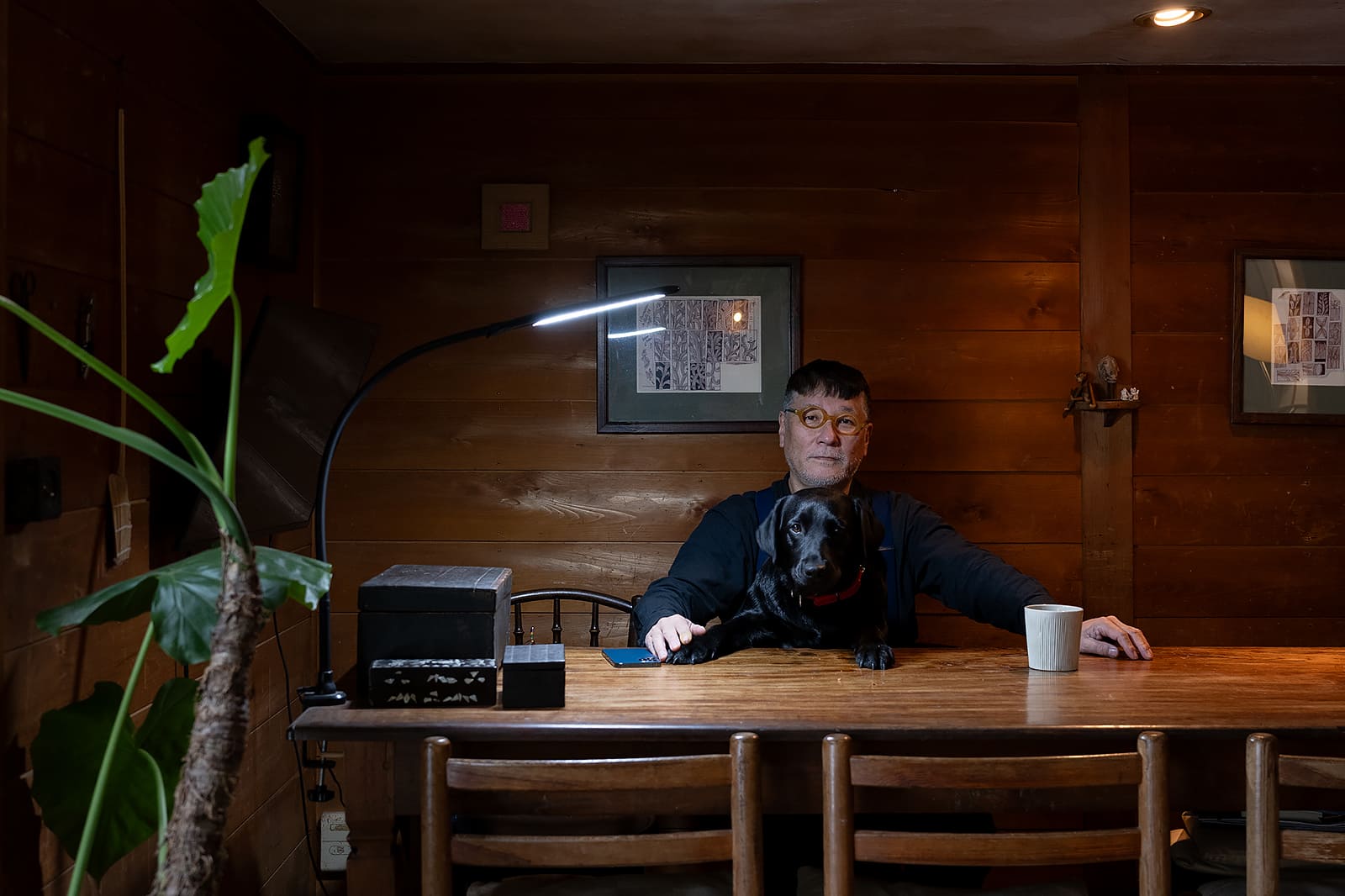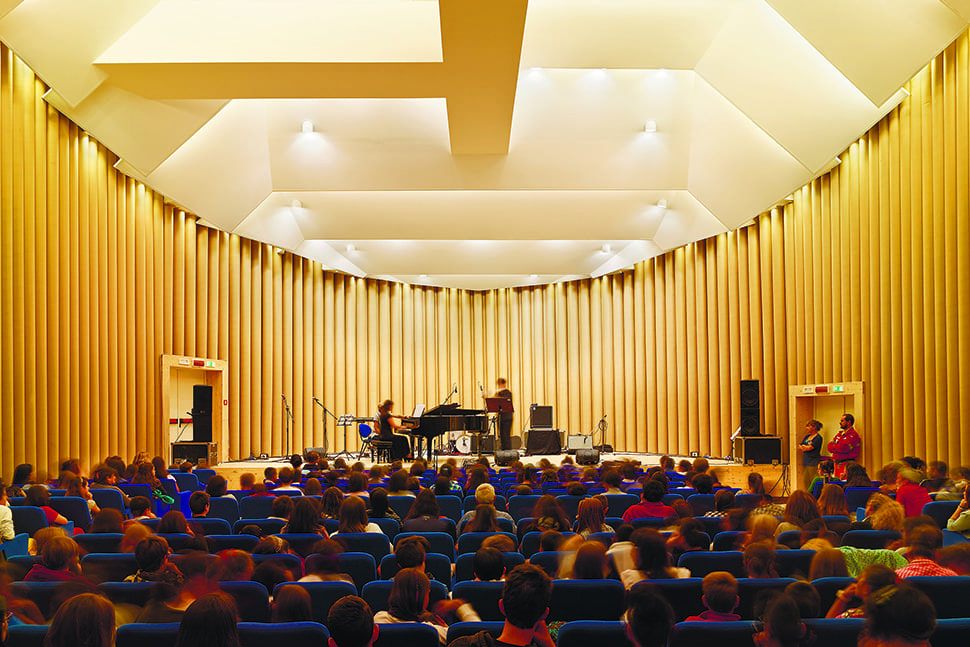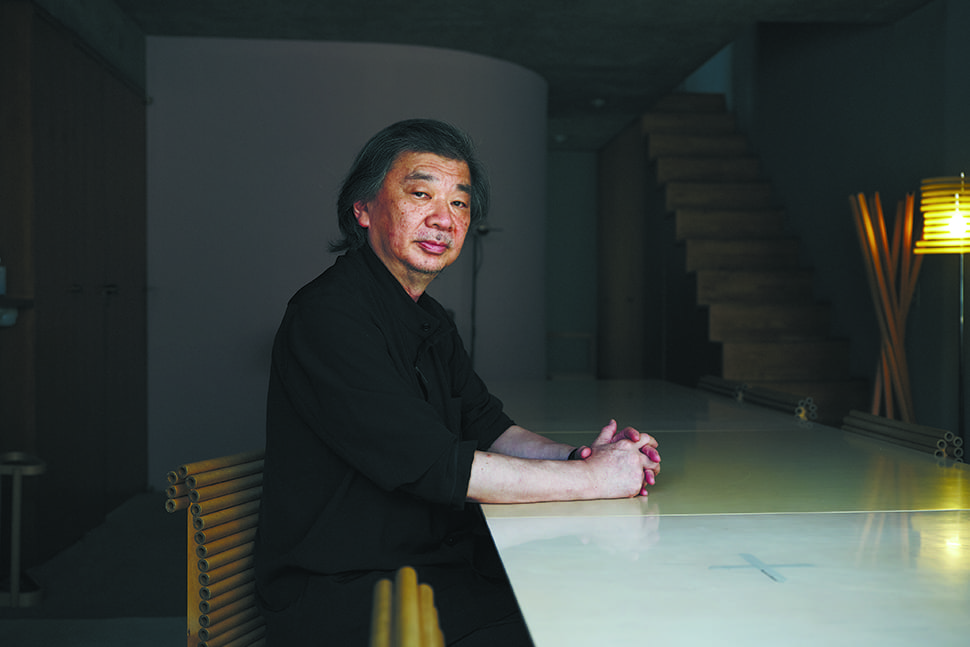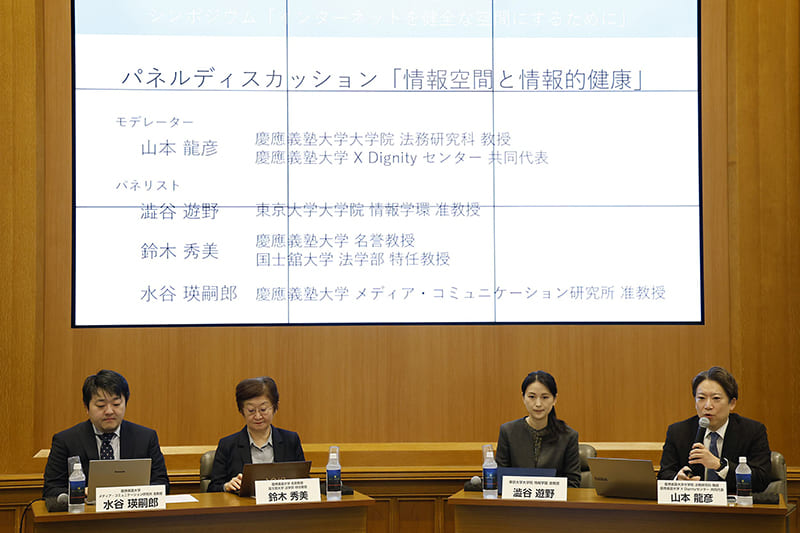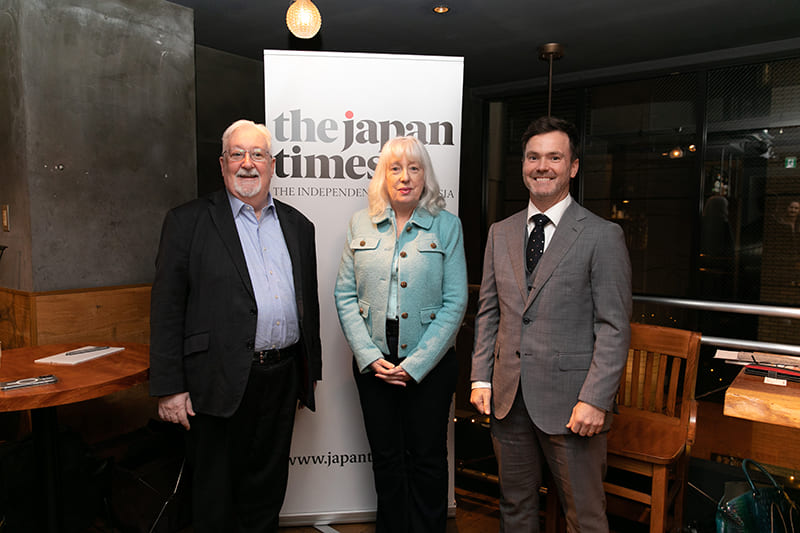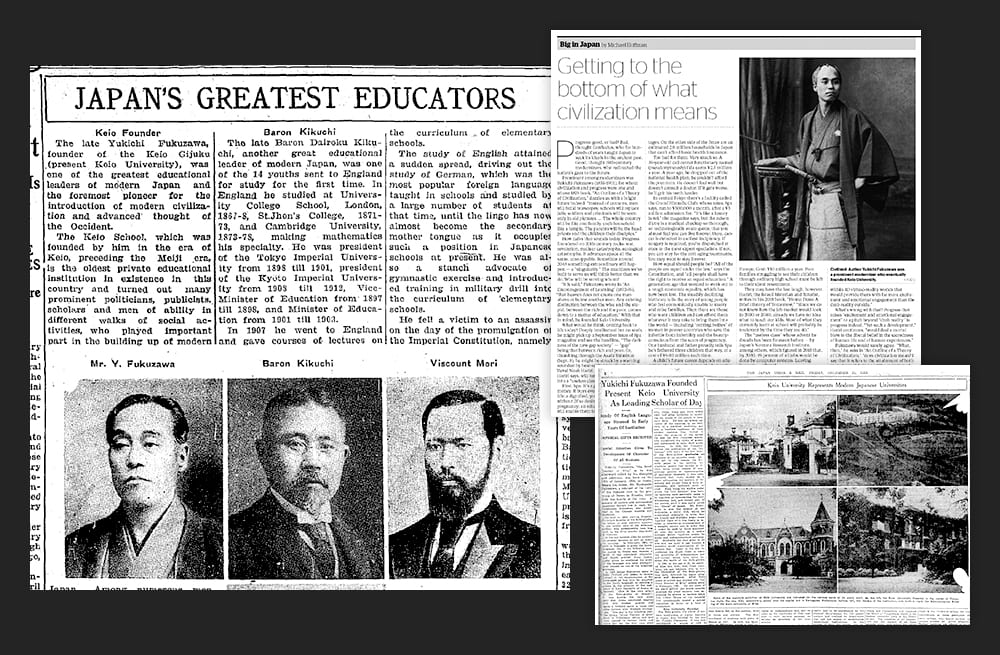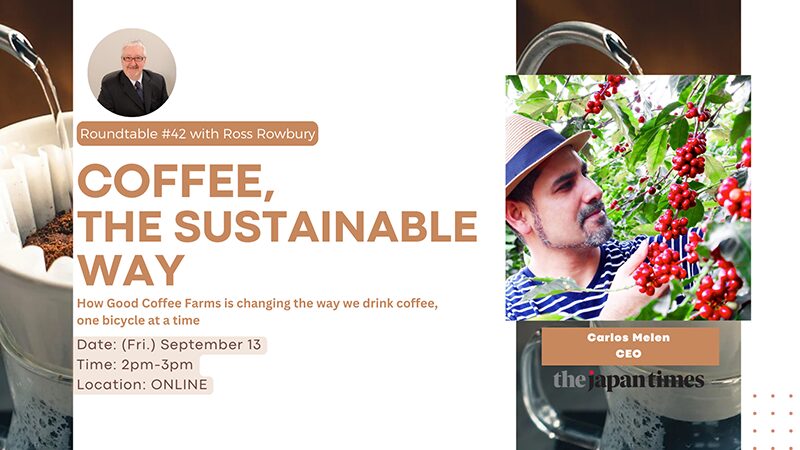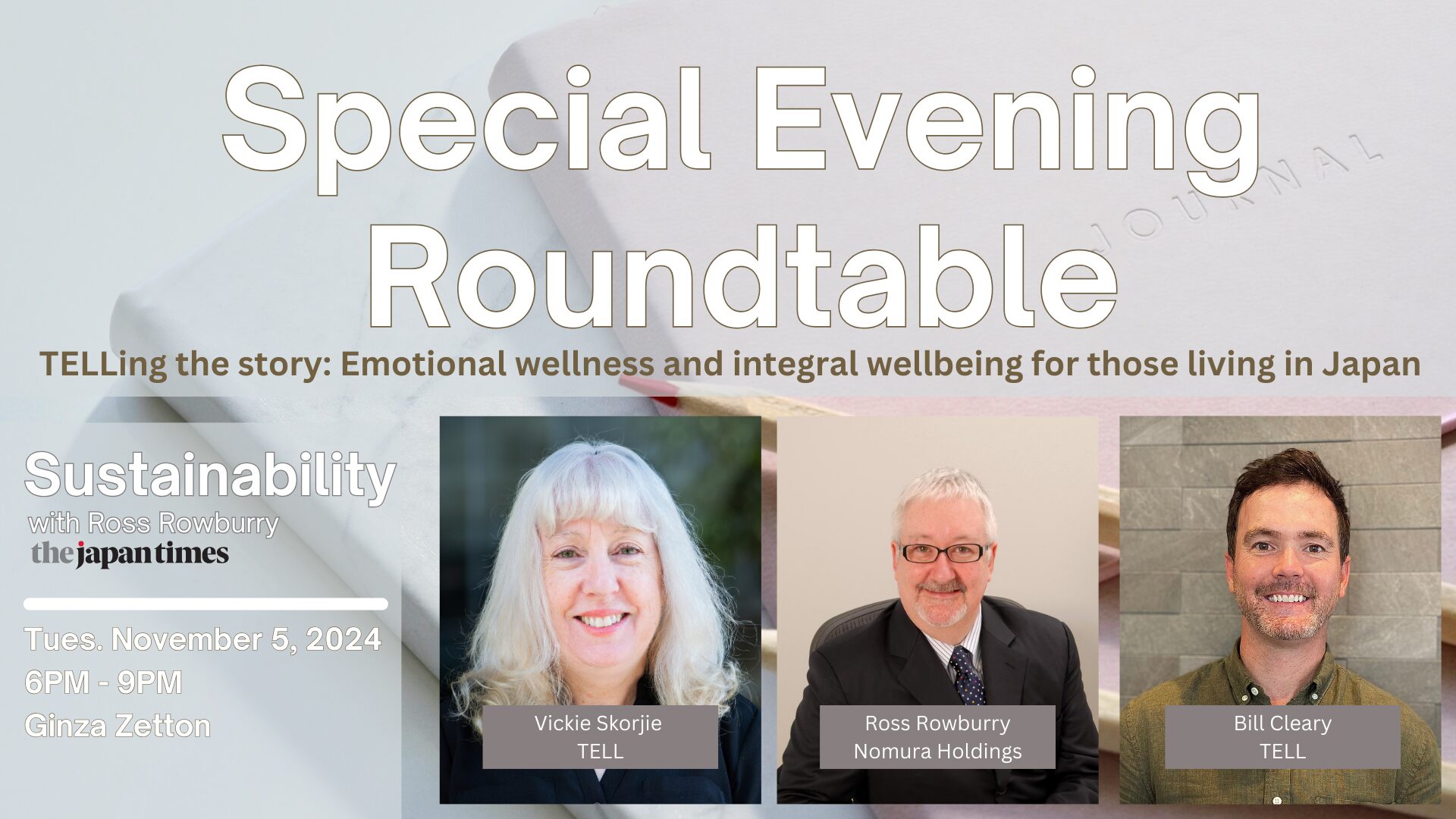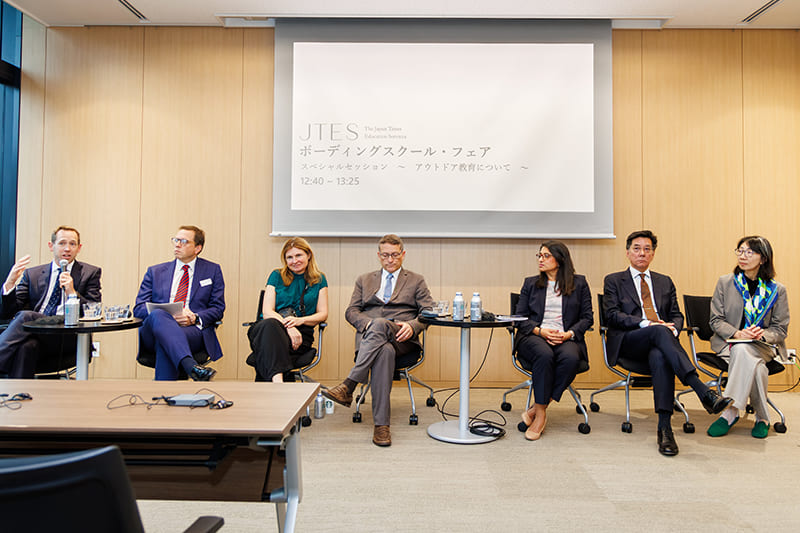April 25, 2025
Architects build hope in the Noto disaster area
ARCHITECTURE
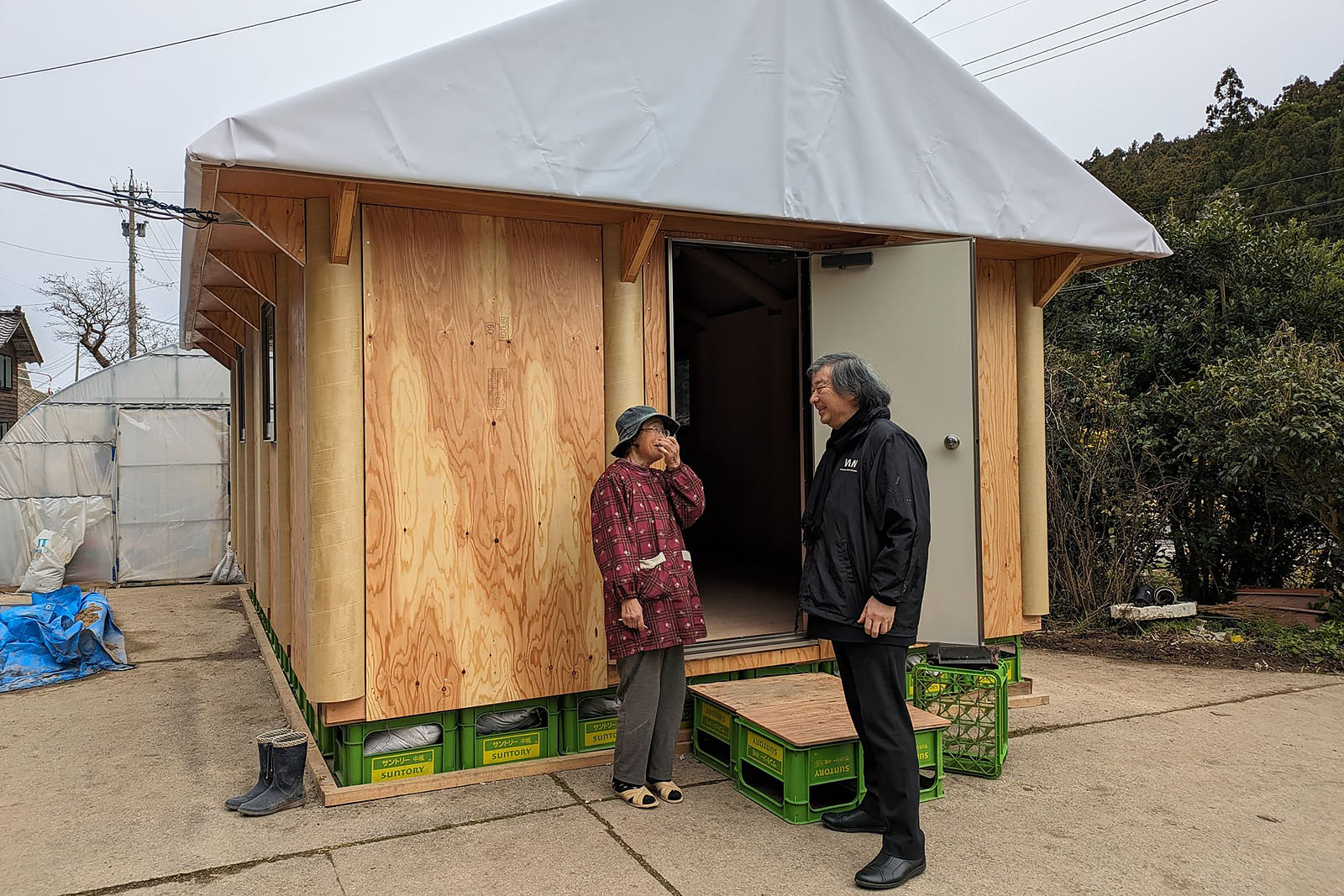
Architect Shigeru Ban chats with a resident after completing a “paper temporary house.” Its foundation is made of plastic beer cases filled with sandbags, and the pillars are paper tubes.
COURTESY: VOLUNTARY ARCHITECTS’ NETWORK
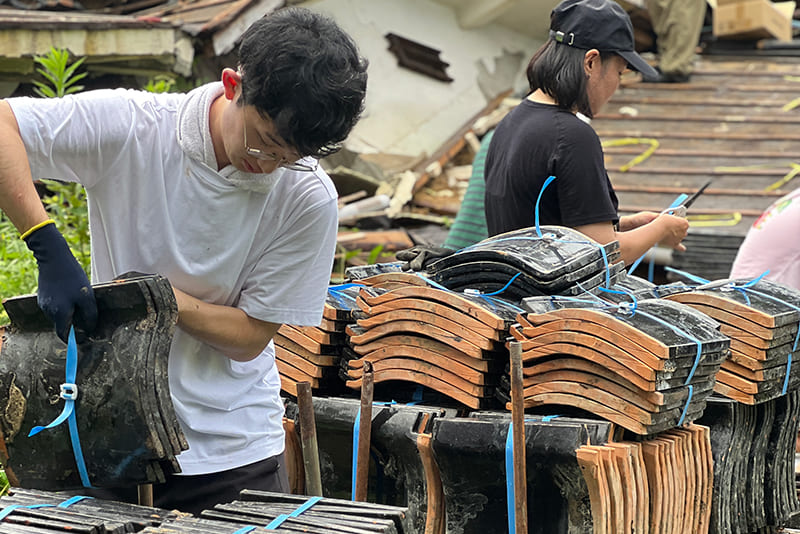
COURTESY: VOLUNTARY ARCHITECTS’ NETWORK
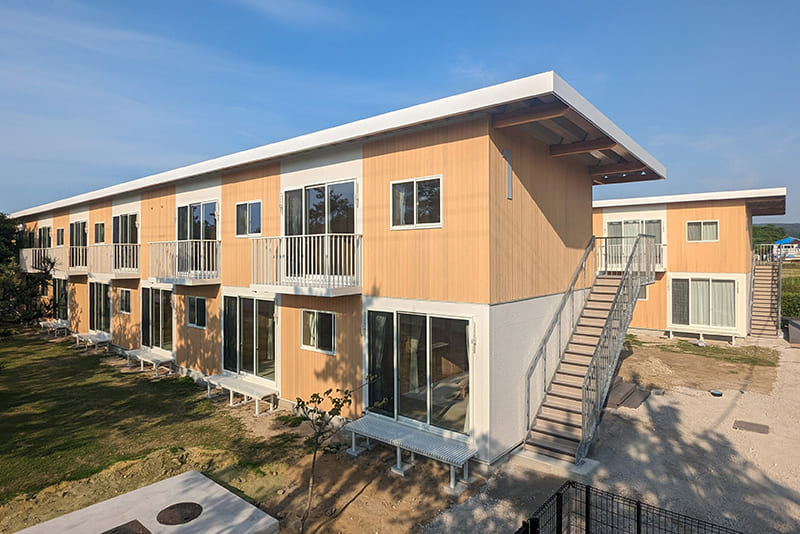
COURTESY: VOLUNTARY ARCHITECTS’ NETWORK
The Noto earthquake of 2024 destroyed more than 24,600 houses in Ishikawa Prefecture, according to Cabinet Office statistics from March 11 this year. Damage was particularly severe in the northernmost part of the peninsula near the quake’s epicenter, an area known as Okunoto.
The first thing world-renowned architect Shigeru Ban did to support the disaster-stricken area was to install simple partitions made of paper tubes and canvas at evacuation centers. Ban has been active in assisting people affected by natural disasters or conflicts since 1995 — and not only in Japan but in many other countries, too. In the process, he has come to understand the importance of establishing privacy within evacuation centers, and so developed his “paper partition system.” The use of paper tubes is one of Ban’s specialties, and in Okunoto he even used them to build a temporary workshop for the region’s quake-impacted Wajima lacquerware and Suzu ware craftspeople.
He has also been working on temporary housing made of wood. Made with local cedar, the houses are warm and comfortable, in contrast to conventional prefabricated temporary housing. They will not be dismantled after their use as temporary housing and are expected to be used as permanent public housing.
Furthermore, as the removal of collapsed houses in Okunoto progresses, Ban is helping collect and preserve traditional Noto roof tiles and old lumber. Noto roof tiles, with their characteristic black glaze on both sides, are resistant to salt and cold temperatures, and they have long been used in the region, contributing to the area’s unique scenery. However, there are no Noto roof tile producers left — and the heavy machinery used to demolish the collapsed buildings shatters them. As Ban said, “If nothing was done about it, Noto’s beautiful landscape would have been lost.” He began salvaging the tiles and old materials so that they could be reused.
Ban is one of Japan’s leading architects, a recipient of the Pritzker Architecture Prize, the “Nobel Prize” of the field. He makes a point of visiting disaster-stricken areas and developing relief projects himself. His motivation stems from a keen awareness of the social responsibility of architects, which was forged in his experience of the Great Hanshin Earthquake, in which many people fell victim to collapsed buildings.
Meanwhile, HOME-FOR-ALL, a nonprofit organization chaired by another Pritzker winner, Toyo Ito, is working on six community houses in three cities and towns in Okunoto. Ito launched the Home-for-All project with fellow architects in 2011 to support the Tohoku areas affected by the Great East Japan Earthquake. In Kumamoto, which was hit by a major earthquake in 2016, more than 130 Home-for-All community houses, including standardized ones, were built by the prefectural government. More than 90% of them are still in use today.
Of the six houses in Noto, the Noroshi Home-for-All, designed by Klein Dytham Architects (KDa), is the most advanced, with a topping-out ceremony held on April 4. With Noto tiles on the roof and clapboard exterior walls, the design adopts the architectural style of the area. Roof tiles salvaged by Ban and others will be used. The walls will be painted a dark brown with a yellow gradation. Astrid Klein, co-founder of KDa, said: “We want to make it bright so that everyone can have hope. The Noroshi district in the city of Suzu has a population of about 100, with an average age of 70. It may seem like a marginal community, but people in their 30s and 40s, including U-turners, are moving in and eager to create the town’s future for themselves.”
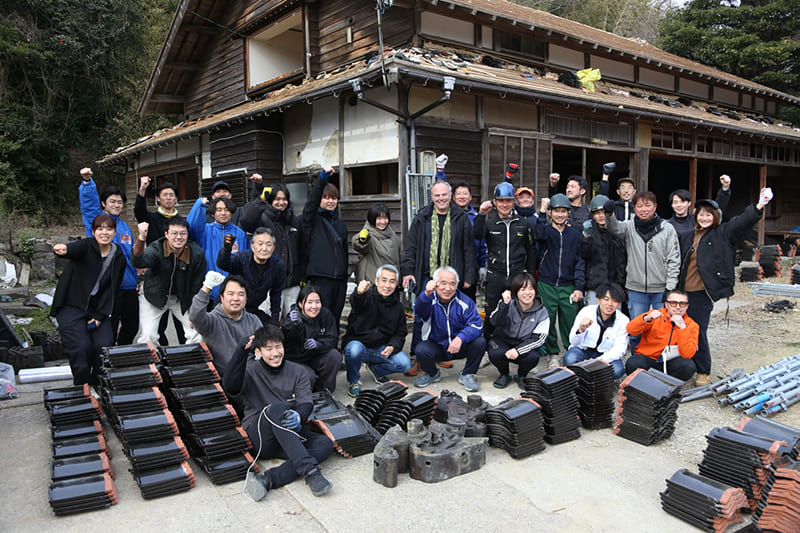
Klein Dytham Architecture also participated in the recovery of Noto roof tiles. Although the tiles are heavy, tile-roofed houses that met current construction standards did not collapse in the quake. Locals told KDa that the tiles were not to blame for houses collapsing, and that they want to keep using them.
COURTESY: KLEIN DYTHAM ARCHITECTURE

COURTESY: KLEIN DYTHAM ARCHITECTURE
KDa co-founder Mark Dytham said, “We place a lot of emphasis on the process of building and strengthening bonds with the locals so that they can regain a sense of pride in their community and a sense of purpose in their lives.” Construction and operation will be subsidized by the Nippon Foundation, but Klein and Dytham agree that there is not nearly enough money.
“Noto still needs a lot of support, but it is hardly reported on in Japan or abroad. The lack of interest from society in general saddens the locals. New sponsors are always welcome,” they write. KDa also designed a Home-for-All in Tohoku’s Fukushima Prefecture, and 10 years after its completion, the company is still in contact with locals there. Support for disaster-affected areas does not end when a building is completed.
Younger architects are also doing their bit. Vuild, an architectural startup headed by Koki Akiyoshi, has been offering a digital home-building platform called Nesting since 2022. He completed the first Noto model in Hakui this March. Vuild aims to revolutionize the construction industry through the use of digital technology.
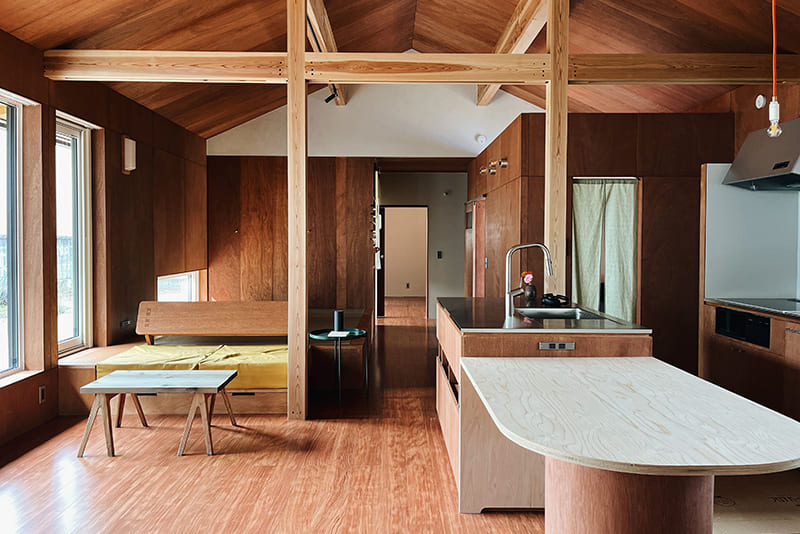
The interior of the Noto model home that was completed in Hakui, Ishikawa Prefecture, using Vuild’s digital home building platform Nesting. The warmth of the wood comes through in the design.
COURTESY: VUILD

COURTESY: VUILD
Nesting is a service that allows even amateurs to build houses or offices on their own. Customizable templates are used to create a design on an app, and then a kit of components is made according to the plan using a digital woodworking machine in a factory. The Noto model was built as part of a project to rebuild the family home of an employee whose house had been destroyed. Fully 152 people, including family members and relatives of employees, volunteered to participate in the construction, which took a total of 40 days.
Nesting’s premise is “co-building” with friends, and the company values the new relationships that are fostered between people and communities through the process. In disaster-affected areas, this approach could be a vital force for reconstruction. Akiyoshi and his team are currently developing a system that could design furniture using AI, and they have a plan to eventually apply the system to houses.
能登地震被災地での建築家たちの挑戦。
建築家・坂茂は被災地支援として、災害の度に紙管と布を用いた簡易パーティションを避難所に設置している。奥能登では輪島塗や珠洲焼といった伝統工芸の職人が早く仕事に復帰できるよう紙管を使って建てた仮設工房の提供や、木造の仮設住宅の設計も手掛けた。さらに伝統的な能登瓦や古材の回収作業も行っている。
建築家の伊東豊雄が理事長を務めるNPO法人〈HOME-FOR-ALL〉も、奥能登の3市町で6棟の、住民が集うためのコミュニティー空間「みんなの家」プロジェクトを進めている。なかでもクライン ダイサム アーキテクツが設計する「狼煙のみんなの家」は今年4月に上棟式が行われた。屋根に能登瓦、外壁は下見板張りと、この地域の建築の特徴を継承するデザインだ。
秋吉浩気が代表を務める建築系スタートアップの〈VUILD〉は、デジタル家づくりプラットフォーム「NESTING」を活用した「能登モデル」第1号がこの3月に羽咋市に完成した。〈VUILD〉はデジタル技術を活用し被災地域での新しい住宅づくりに挑戦している。
Return to Sustainable Japan Magazine Vol. 47 article list page


